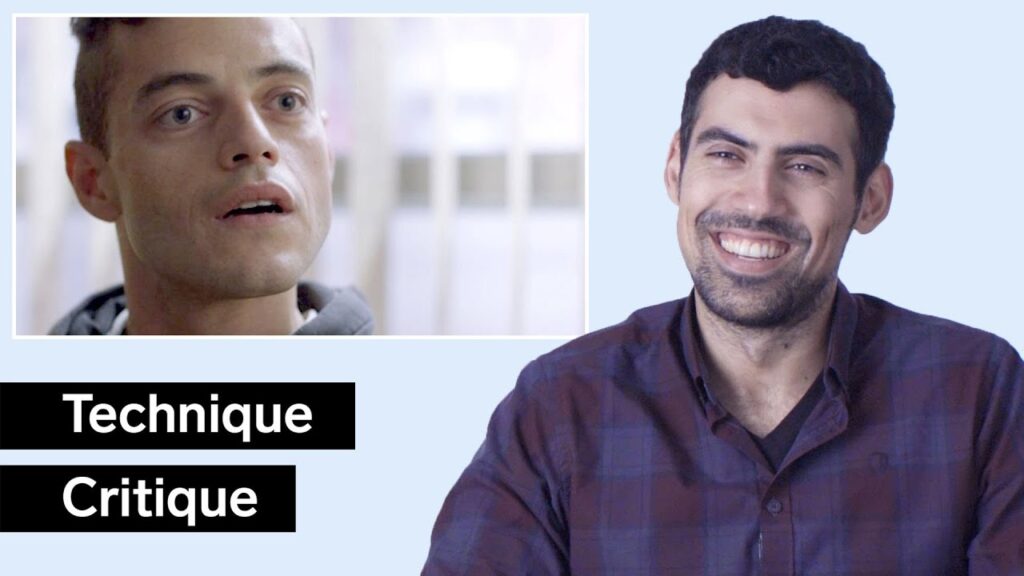The Tech Behind the Emotional Performances of Digital Apes
Summary
In this article, we explore the technological process behind creating the emotional performances of digital apes in the movie, Dawn of the Planet of the Apes. We delve into the meticulous steps taken by the team at WETA Digital to transform the subtle acting choices of the motion capture artists into nuanced and layered performances by the fully digital lead ape actors.
Table of Contents
- The Script: The Foundation of Emotional Performances
- Capturing Acting Choices: Filming with Multiple Reference Cameras
- Translating Acting Choices to Ape Anatomy: The Painstaking Process
- The Importance of Facial Performance: Matching Human and Ape Muscles
- Creating a Comically Tragic Moment: The Difficulty of Blowing a Raspberry
- Conclusion
The Script: The Foundation of Emotional Performances
Every emotional performance begins with a script that creates subtle on-screen moments. In the movie, Dawn of the Planet of the Apes, the script was thoughtfully interpreted by Toby Cabell’s acting choices on set.
Capturing Acting Choices: Filming with Multiple Reference Cameras
To capture the acting choices of the motion capture artists, the main unit filmed in stereo while motion capture was simultaneously recorded with various reference cameras around the set. The WETA team pioneered the use of on-location motion capture volumes rather than just filming motion capture as a second unit on a soundstage.
Translating Acting Choices to Ape Anatomy: The Painstaking Process
Translating acting choices to the exact anatomy of an ape is a painstaking process. For some shots, this is most evident in the differences in leg or limb length, compensated for with arm extensions. However, when it comes to facial performance, the job becomes painstakingly complex. Humans and apes have different muscles, and matching the tightening of a human’s neck muscles with an ape’s is a challenge.
The Importance of Facial Performance: Matching Human and Ape Muscles
Matching the facial performance of humans and apes is particularly complicated, especially when the key to the entire scene is a raspberry being blown. The team studied the actor’s performance and did special high-speed tests to understand the exact anatomy of someone blowing a raspberry. However, mapping the performance exactly was nearly impossible due to the lip and snout changes between apes and humans.
Creating a Comically Tragic Moment: The Difficulty of Blowing a Raspberry
The raspberry needed to be funny but not silly, and the audience needed to know that the digital ape was acting as a fool, not being a fool. The audience couldn’t be confused, or the poignant character moment would be lost. The layered performance of having the ape be foolish is all the more tragic given the horrendous cruelty that the character had to suffer at the hands of humans when he was growing up.
Conclusion
In conclusion, the emotional performances of digital apes in Dawn of the Planet of the Apes were achieved through a meticulous process that involved the script, capturing acting choices, translating acting choices to ape anatomy, and matching human and ape muscles. The team at WETA Digital created a remarkable movie that showcased the potential of digital artistry.







